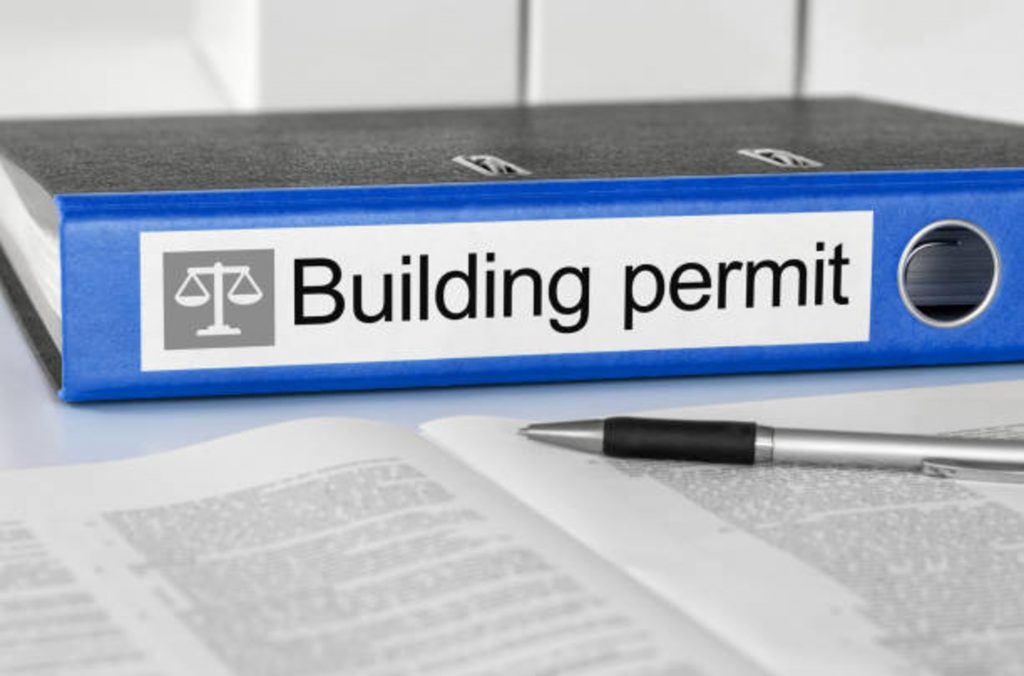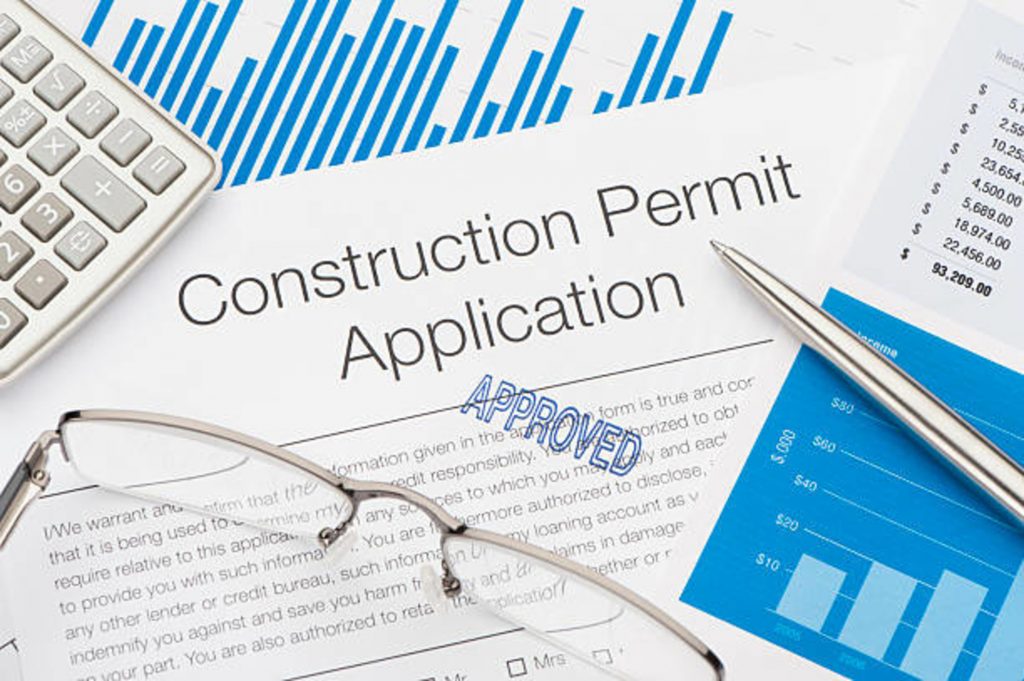Building your dream house takes plenty of time and money. Not to mention the piles of paperwork that you need to prepare.
Securing a permit is one of the most crucial steps in the early stages of house construction. It can be quite a headache, but once you get that hurdle out of the way, the rest of the build can proceed.
Here’s how you can navigate the permitting process in building your home.
What is a Building Permit?
Before diving into the process, it’s a good idea to familiarize yourself with how a permit works. Generally, a building permit is an official license issued by the government that allows the construction and remodeling of infrastructures. Only contractors who have complied with particular standards and submit corresponding legal requirements can get one. Without a permit, construction in progress is deemed illegal, and authorities can halt the operation.

When Do You Need a Permit?
Here’s a bit of good news: not all construction and renovation requires a permit. Minor changes to your home can be done without one like:
- Painting your walls
- Changing your carpets
- Installing new countertops
- Installing hardwood floors
- Minor electrical repairs that don’t overlap with existing services
- Fixing a faucet
On the other hand, you will need to secure a permit for building a house from scratch or major overhauls, such as:
- Water heater replacements
- Electrical work
- Pipe repair
- Replacing vinyl siding
- Building a deck
- Fences (height requirements)
- Total cost (If the expenses exceed a certain amount)
How to Get a Permit?
Obtaining a building permit can be an extensive process. It’s easy to get lost on what to do next. That’s why you’ll want the opinion of a licensed professional such as a contractor, engineer, or architect. Here’s a quick rundown of a building permit acquisition process.
- Prepare the plans for your project. Make sure to outline the details clearly.
- Head to your Local Building Office and discuss the project you want to do. From there, they will evaluate whether to grant you a building permit or not. If they do, they’ll fill you in regarding the requirements that you need to submit. Depending on the scope of work, you might have to obtain multiple permits such as:
- Electrical work
- Construction
- Plumbing
- Mechanical Permit
- Submit your application back to the office. Additional data specifying the materials to be used as well as blueprints can help hasten the process.
- Once approved, you pay the fees. The office will then grant you an official building certificate when everything is settled on both ends.
- Time to get building! Post the permit near the work area where it’s visible to everyone. You can do this by attaching it to a signpost or hanging it to a door.
- An inspector from the office will occasionally visit to review the work in progress. Do your best to comply with the changes that he proposes to avoid further issues.
- When the inspector ratifies the construction, you can put away the permit.

Why You Shouldn’t Bypass the Building Permit Process
Due to the growing number of houses nowadays, you can sometimes not get a building permit and get away with it. Some homeowners do this, especially those building small homes. Although it can save you some money, you might be endangering your home in the long run. Safety is in question when projects are done without inspection and evaluation. Plus, it’ll be hard to sell your home in the future if it lacks permits and specific documents. Finally, home insurance might not cover the costs of damage if an incident results from a lack of a building permit.
